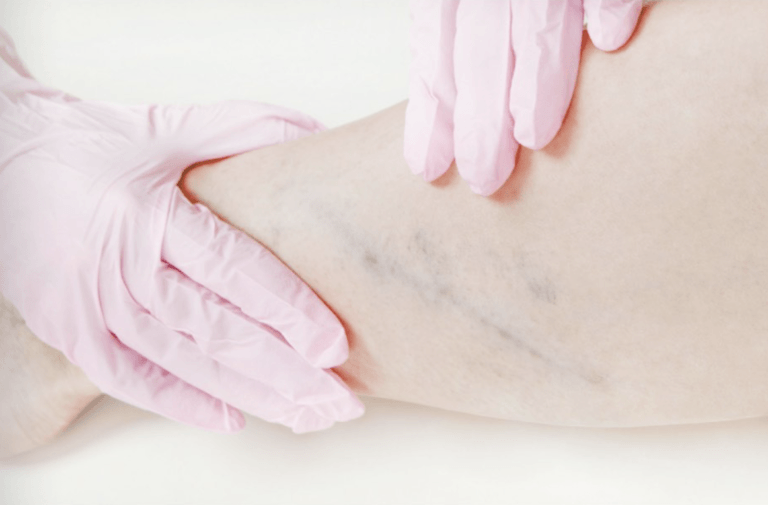Varicose Veins
With the evaluation and treatment methods available today, Varicose Veins and Spider Veins can be treated at a level of effectiveness and safety previously unattainable.
Regardless of which treatment method is used, its success depends in part on careful assessment of the problem by a knowledgeable physician who exclusively treats venous disease. There are many underlying causes of varicose veins, so successful treatment of a particular vein problem does not necessarily prevent vein problems from recurring in the future.
What Are Varicose Veins?
Varicose Veins are veins that become abnormally swollen and large, usually due to defective valves in the vein. Varicose veins are sometimes bluish in color, protrude from the surface of the skin, and frequently have a winding or worm-like appearance.
In healthy veins, one-way valves direct the flow of blood in your leg upward, toward your heart. When one or more of these valves fails to function, then the blood flows in the reverse direction causing the veins under the skin to engorge and distend. This “backup” of blood flow can increase the pressure in your veins to a level that is three to four times the normal. This high pressure then causes the veins to bulge and stretch resulting in inflammation and pain.

What Causes Varicose Veins?
An increase in the diameter of a vein results in the malfunction of valves inside of the vein that are designed to prevent blood from flowing backward in the vein. An inherited weakness of the vein wall (genetic) and circulating hormones that relax the smooth muscle of the vein wall are the most common causes. Pregnancies, obesity, hormone replacement therapy, as well as occupations that require a standing position, are additional causes of varicose veins. Since females usually have multiple risk factors for the development of varicose veins, approximately seventy five percent of the population that have varicose veins are women.
Varicose veins do not occur suddenly. It usually takes years for signs and symptoms to develop. If left untreated, varicose veins can cause changes to the surface of the skin which may lead to a venous leg ulcer. Varicose veins are common in people that have had certain types of leg injuries or deep vein blood clots, as well as people that work in jobs that require prolonged standing or sitting.
Can I be cured of Varicose Veins?
Varicose veins are a problem that can be successfully treated but the disorder cannot be permanently cured. The treatment of the abnormal veins does not remove the original tendency of a patient to develop varicose veins. Therefore, many patients need to return for maintenance treatments after their initial treatment is completed.

“Our mission is to provide each patient with a comfortable, respectful care as well as delivering the best possible vein treatment."
